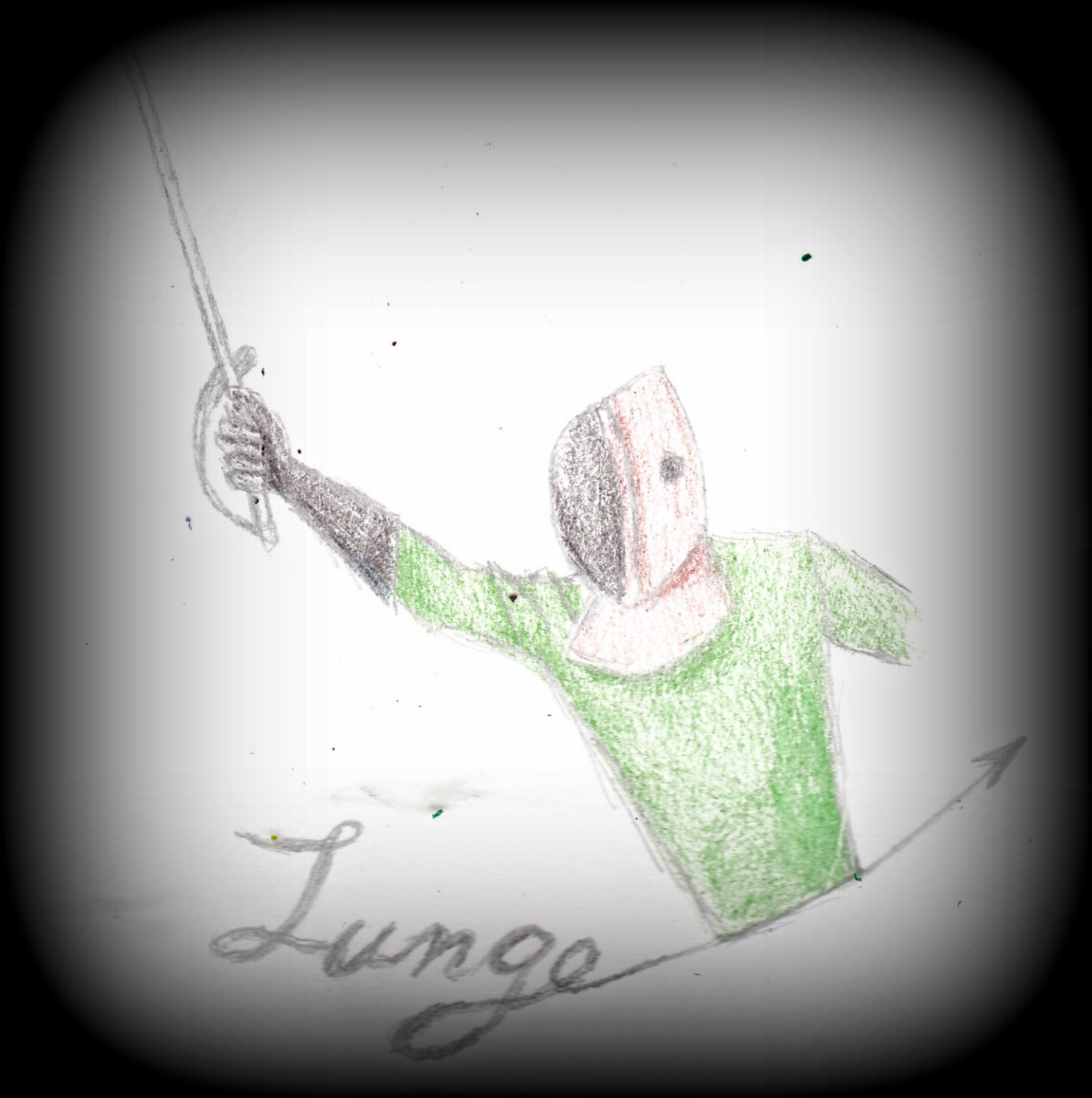The inquartata is a great advanced move in fencing that removes much
of the body target away from the opponent’s attack. Even though it can be
defeated by a remise (repeat of attack) it is still effective against most fencers.
It is a move that comes from its Italian background and is not only effective
but also theatrical (1).
It should be practiced to ensure one can complete the inquartata with a
counter-parry to make it most effective. The ending body posture does allow for
considerable reach to meet the opponent.
Even though I have tried it a few times with mixed success I can
honestly say that I am not a master of this move. Generally, it is conducted
when the attacker extends his blade for a strike and the left foot is placed
backwards to the rear stretching the chest and pulling much of the body away
from the opponent’s blade. The right foot stays where it starts at the
beginning of the move. The right hand holding the weapon is pushed outward to
block the opponent’s blade even further from the body. Adding an opposition
parry allows for a counter strike at the end of the sequence.
The advantage of learning multiple moves is that you develop a battery
of skills that can respond to different situations and strikes. Research by Bortoli et. al. (1992) indicates
that students can practice the same repetitive movements (i.e. defensive vs.
attacking) with some success but are better off practicing multiple movements
in one session (i.e. defensive and attacking) for higher learning. The speed of
use of multiple tactics improves over time even though it seems clunky at
first.
You may watch a video on how the inquartata is completed below:
Bortoli, et. al. (1992). Effects of contextual interference
on learning technical sports skills. Perceptual
and Motor Skills, 75.
